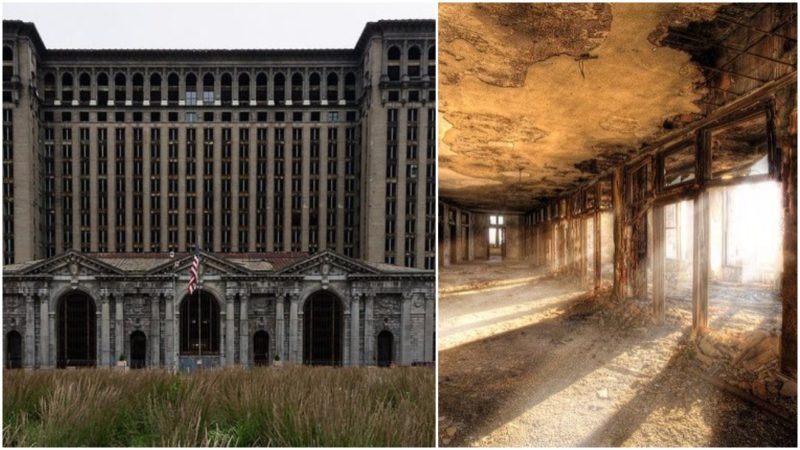Michigan Central Station (MCS), also known as Michigan Central Depot, is one of Detroit’s most iconic buildings. It was opened on January 4th in 1914 as the tallest train station in the world. The design of the building was made by the same architects who designed New York City’s Grand Central Terminal, in the same Beaux-Arts Classical style.
Very few people could foresee the growing trend of automobile use at the time it was built. The grand creation of the tallest train station was both a challenge and a logical thing to do to service the huge passenger numbers. And indeed, from the first years, the station was operating at full power. More than 200 trains leaving it every day, with lines of passengers waiting to board, from the gates to the main entrance. Notable famous passengers arriving at MCS were Presidents Herbert Hoover, Harry S. Truman, and Franklin D. Roosevelt, also the great actor Charlie Chaplin and inventor Thomas Edison.
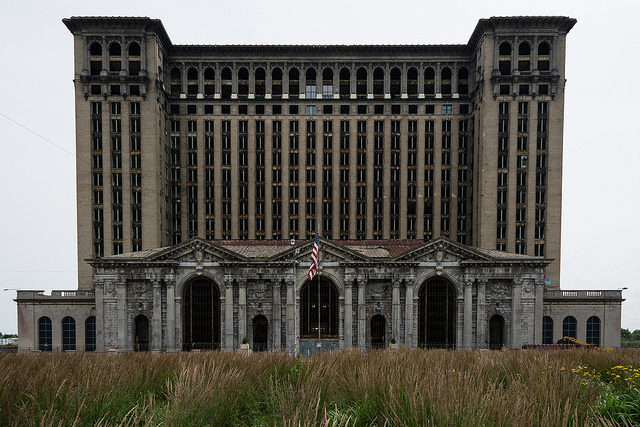
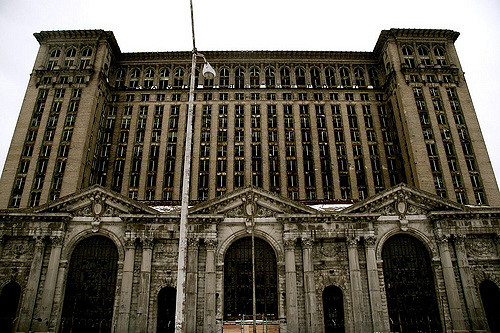
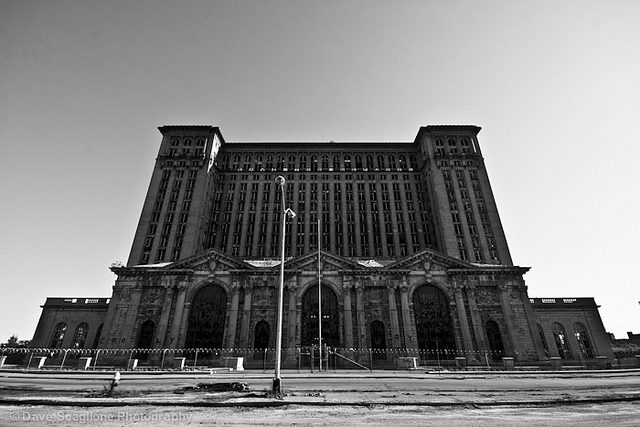
Michigan Central Station was forced to open somewhat earlier than planned and with the building still unfinished when a major fire destroyed the original depot in downtown Detroit, which it was being built to replace, on December 26th 1913.
The building is located in the Corktown district near Ambassador Bridge, just behind Roosevelt Park. The park opens a grand entryway for the station. The architects from the two firms Warren & Wetmore and Reed and Stem saw Michigan Central as a spiritual twin to Grand Central (NY) as both of them were planned as flagship stations on Vanderbilt’s rail lines, and both were planned to have office towers in their original designs, with the same detailing, and they were both opened within six months. Total costs of this massive 500,000 square foot building was 15 million dollars at the time.
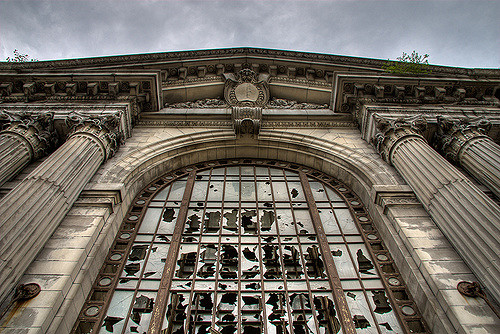
During World War II the station was heavily used by military forces as a central command intelligence point. After the war ended the decline in railway travel began, with more and more of the population buying cars as their own private and more practical way of traveling. As a result, the service of the station was cut back by a lot, enough to make it non-profitable. Several attempts to sell the building were made in the 1950s and 60s with no success – even though they were only asking 5 million dollars for it (just one-third of the full cost).
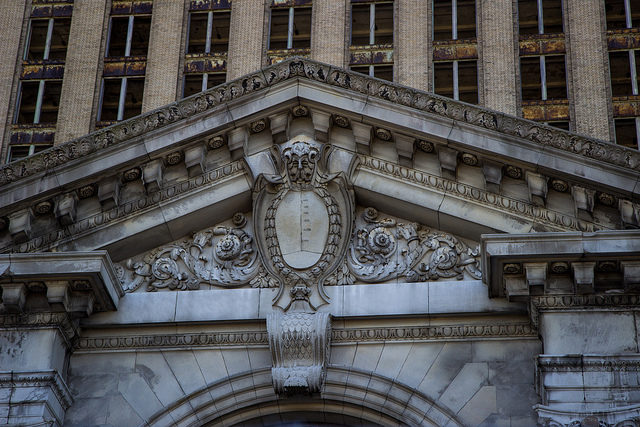
By the end of the 1960s, most of the station waiting rooms shops were closed, including the restaurant, and only two windows from the dozens were still open and selling tickets.
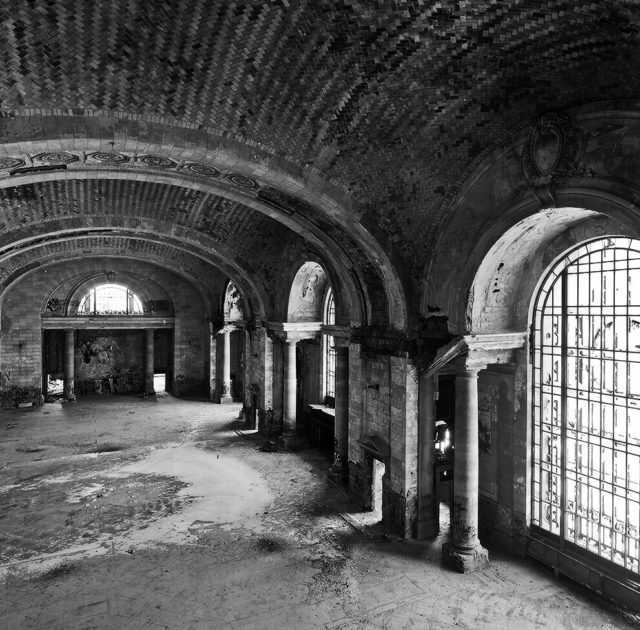
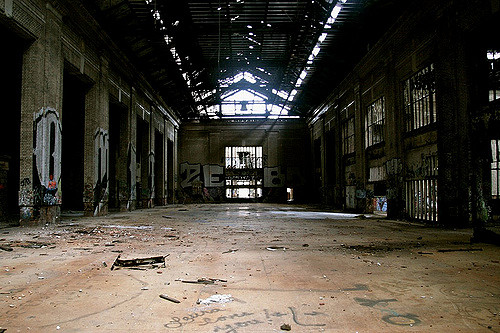
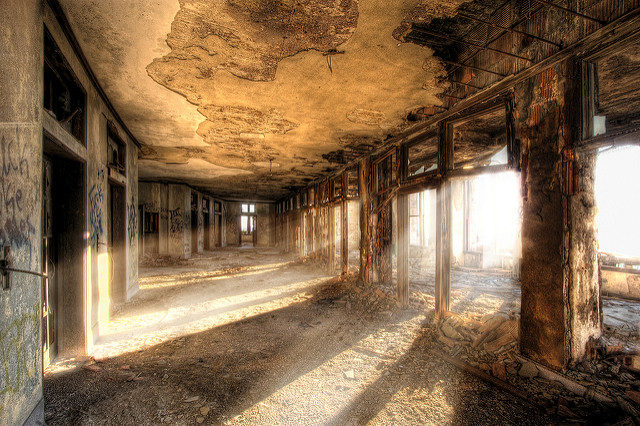
In 1971 Amtrak took over the nation’s passenger rail service and with it the Michigan Central Station. They made an effort to reopen the main waiting room and entrance with an investment renovation project of 1.25 million dollars in 1978. Only ten years after the reopening, the last Amtrak train left the station and the facility was closed on January 1988, exactly 74 years and 2 days since the train station was opened. The last three decades were full of discussion and plans about the station’s future. During this time many potential uses for the building have been proposed, such as the redevelopment of the station into a trade processing center, a convention center, and casino, or to give it to the Detroit Police to serve as its headquarters.
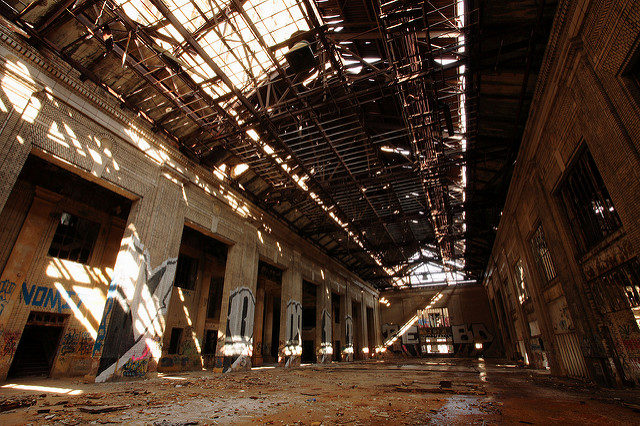
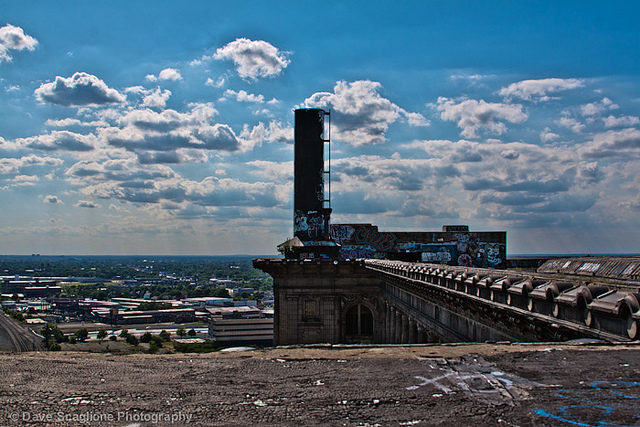
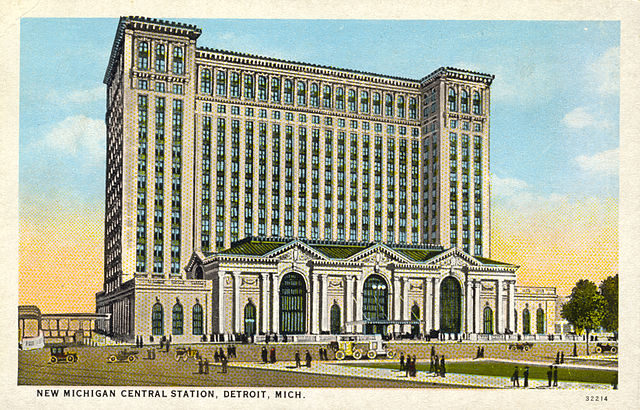
Lately, the building has become regarded as a premier example of a beautiful ruin, with many photographs posted online by both professional and amateur photographers. Michigan Central Station has left its mark in the moving pictures category too. Its majestic figure can be seen in “The Island” (2005) and “Transformers” (2006) both by Michael Bay, also in Eminem’s “8th Mile” and his music video for the song “Beautiful”. It was also used in a cinematic fight scene in the 2016 blockbuster “Batman vs Superman: Dawn of Justice”
